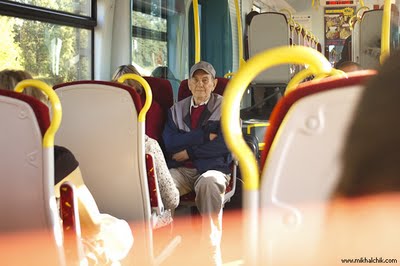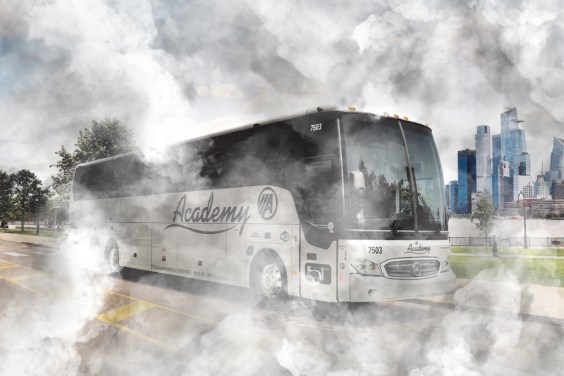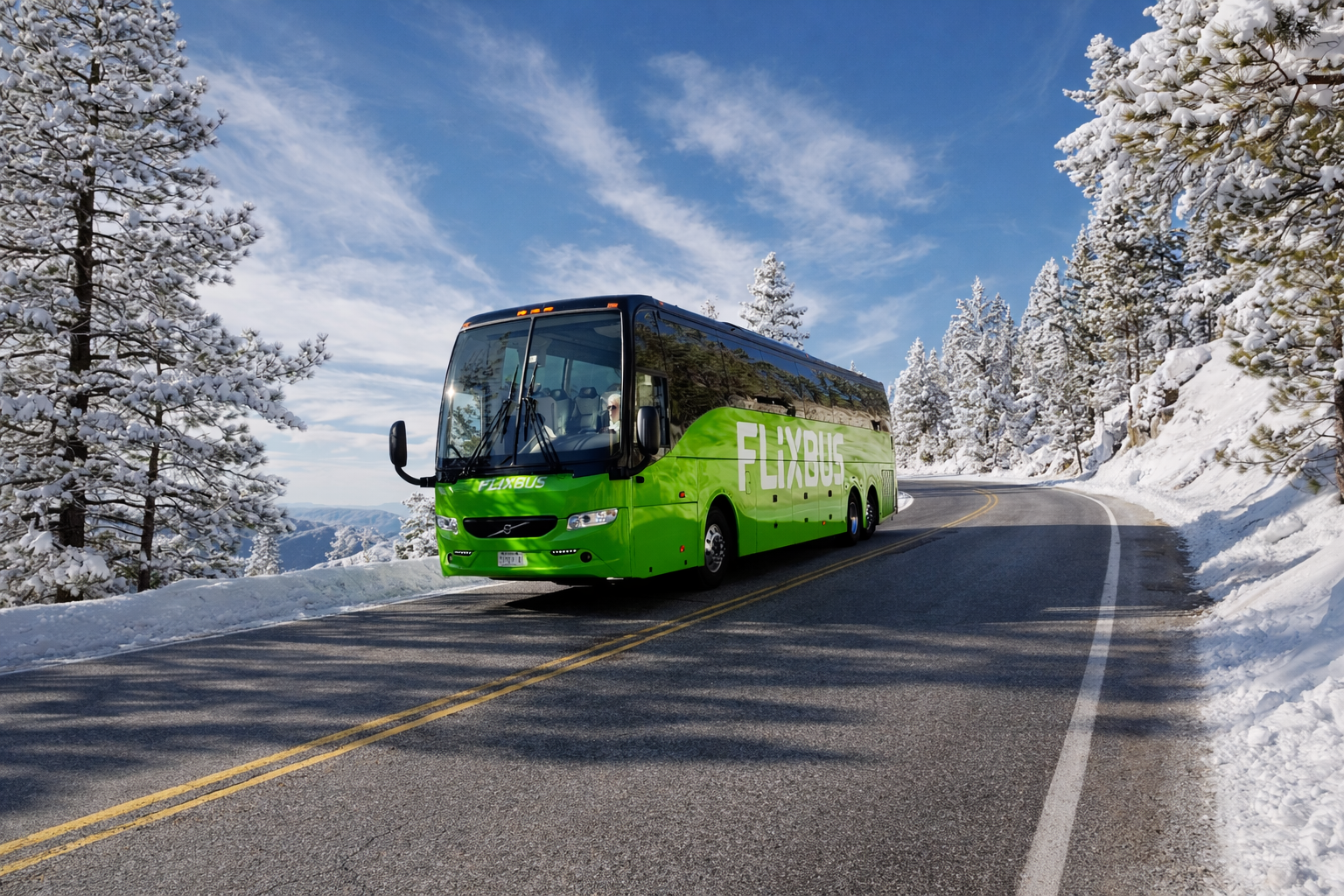You don’t hear me say this often, but here goes: Randal O’Toole of the Cato Institute made a good point.

At yesterday’s Senate Banking Committee hearing on transit access for senior citizens and people with disabilities, the sprawl-boosting O'Toole posed this question: “Should transit come to the people or should people come to transit?”
The same issue has come up often in discussions of Transportation for America’s report, “Aging in Place: Stuck Without Options.” On this blog, our readers responded to the report with comments like, “I don't think that taxing young people and cities to pay for people's bad decisions is the solution,” and “serving this demographic with demand response service is killing my agency’s operating budget.”
O’Toole has said lots of kooky things about the T4A report, and yesterday’s hearing was no exception – after making the one point that I found compelling, he proceeded to rattle on about driverless cars being the answer to aged and disabled drivers, and that the whole transportation network (or just about) should be privatized.
But his question remains: Is it the job of overextended transit agencies – and the responsibility of taxpayers – to expand transit to all the inefficient places people have moved to, when they knowingly were moving away from urban amenities like transit in favor of the automobile? When that arrangement no longer works for people, do we encourage them to relocate in places that can better serve their needs, or do we aim to serve everyone’s needs exactly where they are, no matter where they are?
The folks at Transportation for America have debated this question as well. James Corless, director of T4A, says O’Toole is wrong when he accuses T4A of trying to build transit in every last corner of the country. “If this is just about seniors, then no, we can’t afford to do that,” Corless said. “But we think this is about reimagining the suburbs and getting creative about the issue of how to make the suburbs work better for everyone.”
Corless was talking about inner-ring suburbs. “That’s the low-hanging fruit,” he said. So does that mean eventually he’d like to see transit agencies build into every last cul-de-sac of outer ring subdivisions? Of course not. He remembered back to when he was a transportation planner in California and someone called his office, saying they’d just built a new senior clinic and where’s the bus line? Well, there is no bus line there. Did Corless feel compelled to create a brand new bus line to meet the need? No.
Indeed, the answer isn’t just about transportation. Rezoning and incentives could bring more services to residential areas, so that seniors don’t always have so far to go. In some places, NORCs (Naturally Occurring Retirement Communities) have organized themselves to share services, whether lawn care or transportation or grocery delivery.
And of course, yes, they can move. It’s not a crazy idea – almost 90 percent of seniors want to age in place “for as long as they can” but that isn’t always forever. There are a number of reasons why people might find that their current home no longer suits their needs, and transportation options might be one of them.
O’Toole made the same point, to his credit, saying people move about a dozen times in their lifetime -- but then when asked about people without the resources to move, he responded, “I don’t know why they wouldn’t have the resources to move. They have income, they have assets, they can exchange their assets for other assets.” Pretty deep understanding of the economic situation of the nation’s seniors, huh? For a third of senior citizens, social security constitutes at least 90 percent of their income.
Mary Leahy of Easter Seals testified to the importance of allowing seniors to stay in their own homes. “If we take somebody who has mild dementia and move them out of their house into a place that they don’t understand, their trajectory can be like this,” she said, drawing a sharp downward line in the air.
O’Toole pointed out, “They would just have just as hard a time adapting to transferring from driving their car to riding transit. They might even have a more severe time, at that.” Indeed, it’s hard to imagine how a person prone to confusion would learn to navigate bus maps and schedules for the first time, though I think we all can agree that the last thing that person should be doing is driving a car.
And while para-transit and other door-to-door transportation services make it easier on people who might be easily overwhelmed, those services are far more expensive to operate than fixed-route systems and tend to be less preferable to people with choices.
In the end, whether transit comes to the seniors or seniors come to transit, the current situation is untenable, and it’s getting worse. “Over half of individuals 50-plus now live in the nations suburbs, resulting in a ‘mobility mismatch’ between communities designed almost exclusively for the automobile, and a growing population that does not drive,” said Lee Hammond, president of AARP. There are currently more than 8 million senior citizens in the U.S. who don’t drive.





